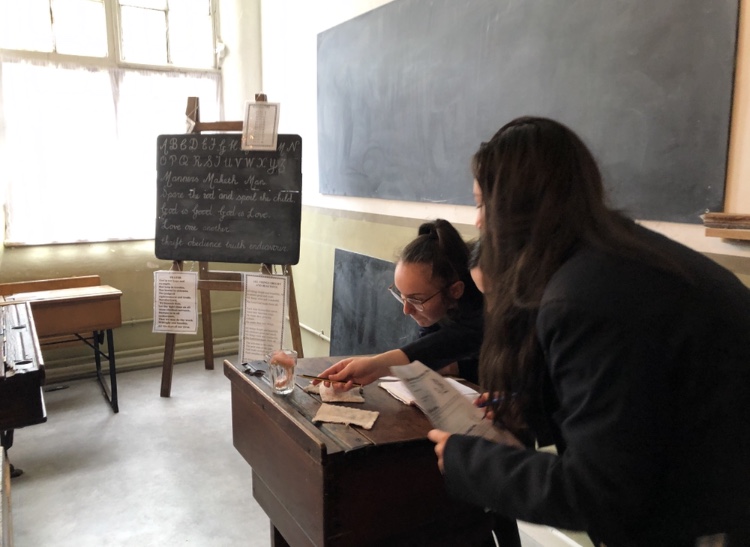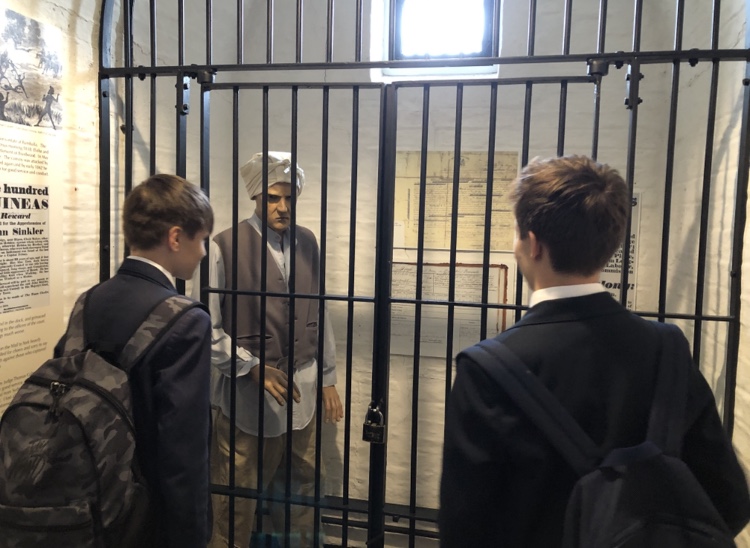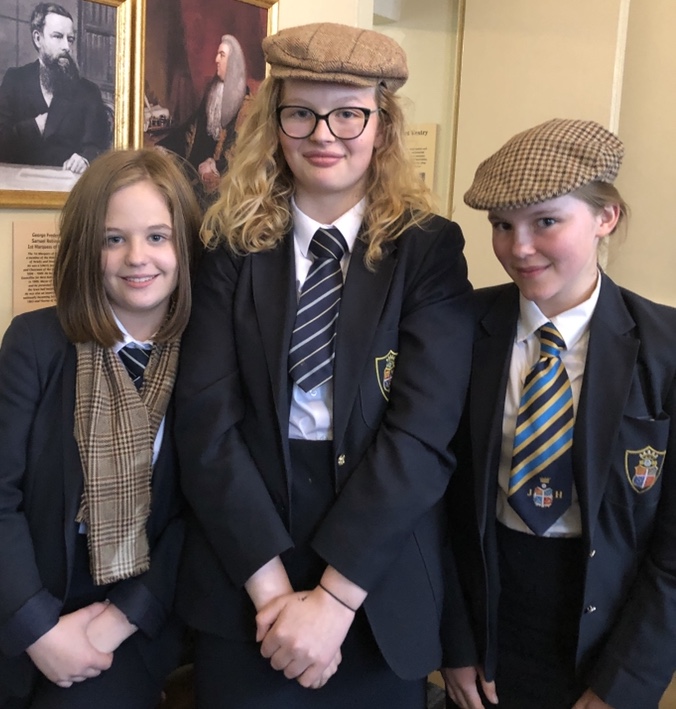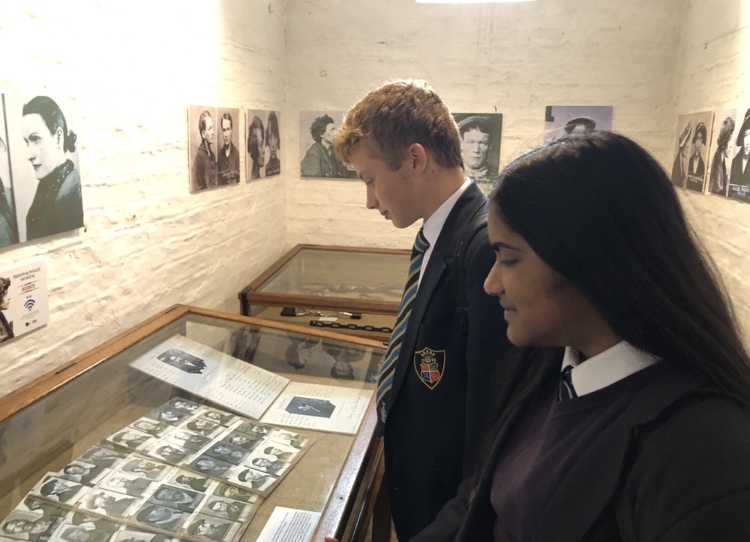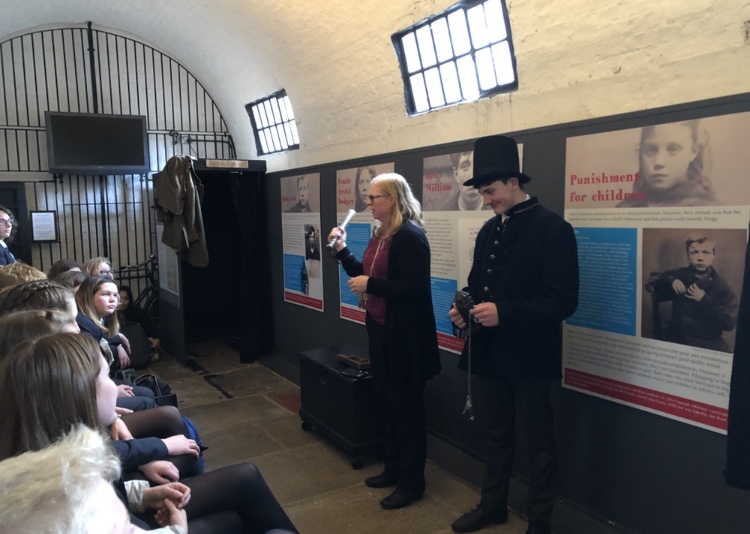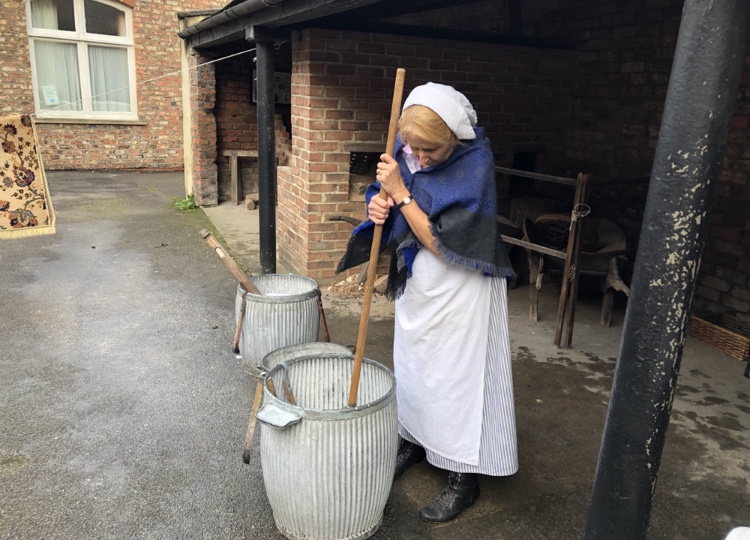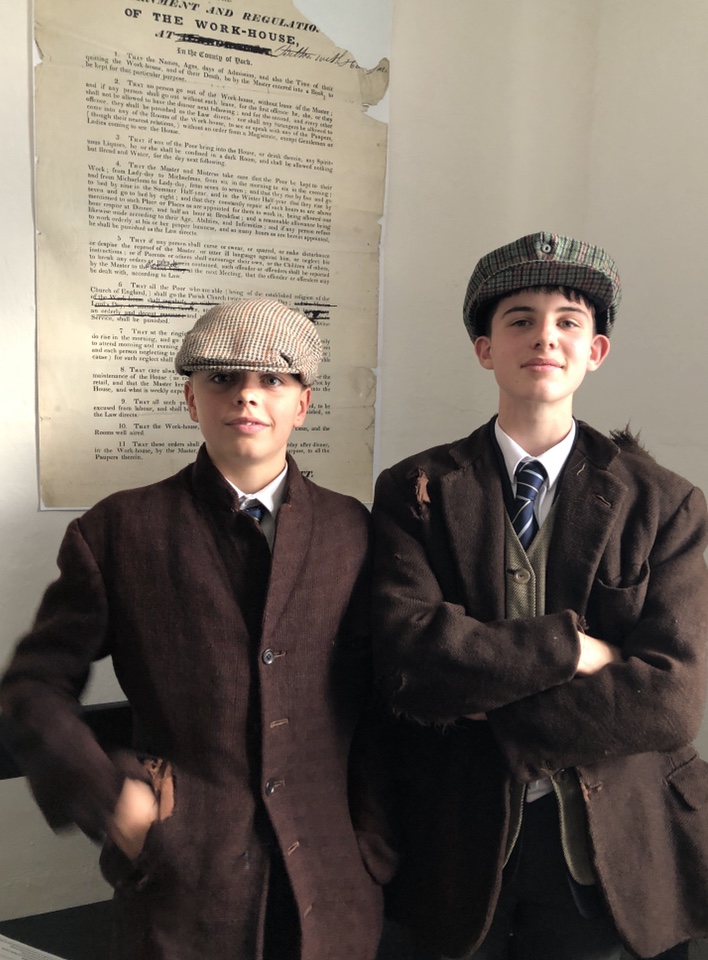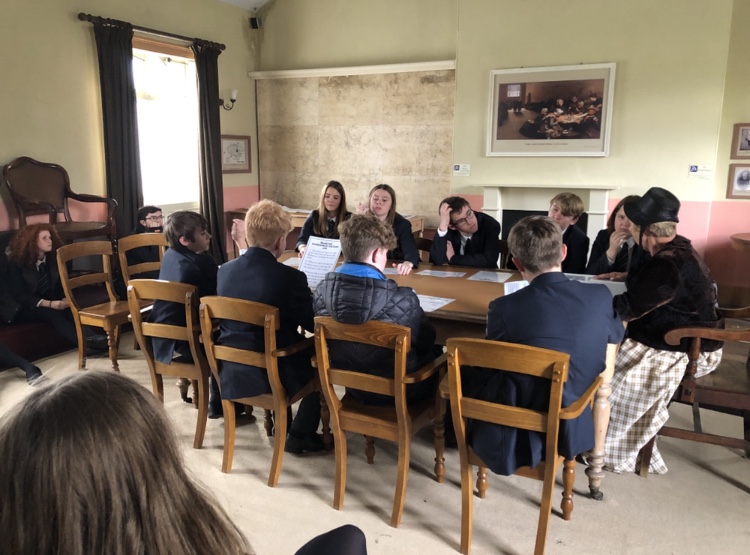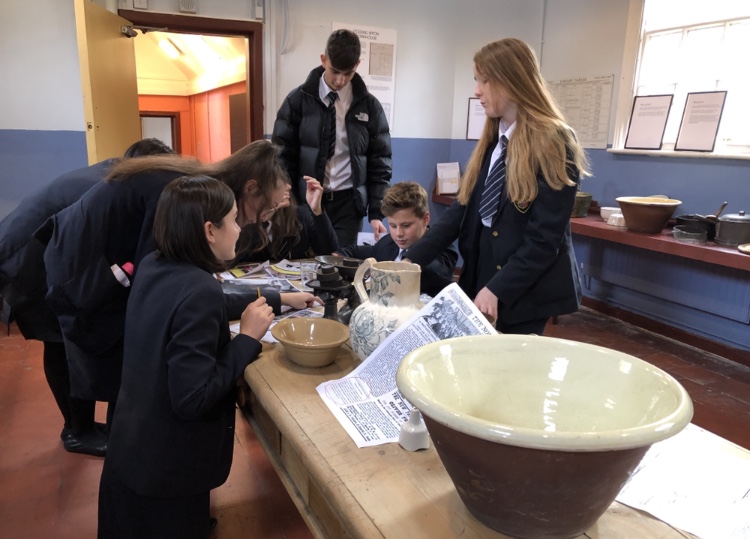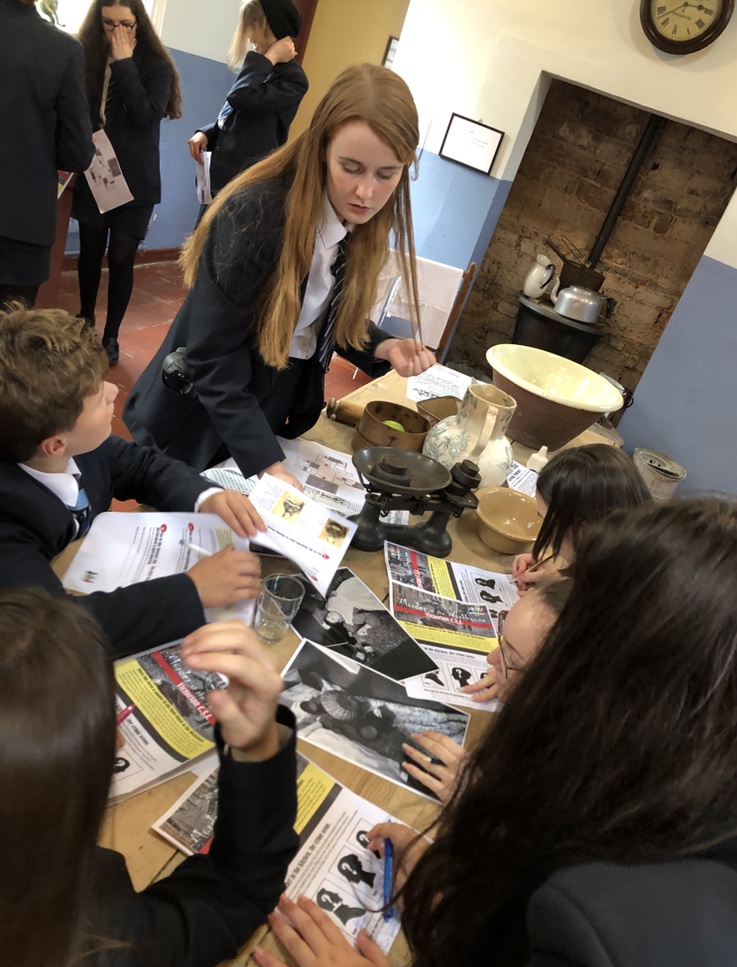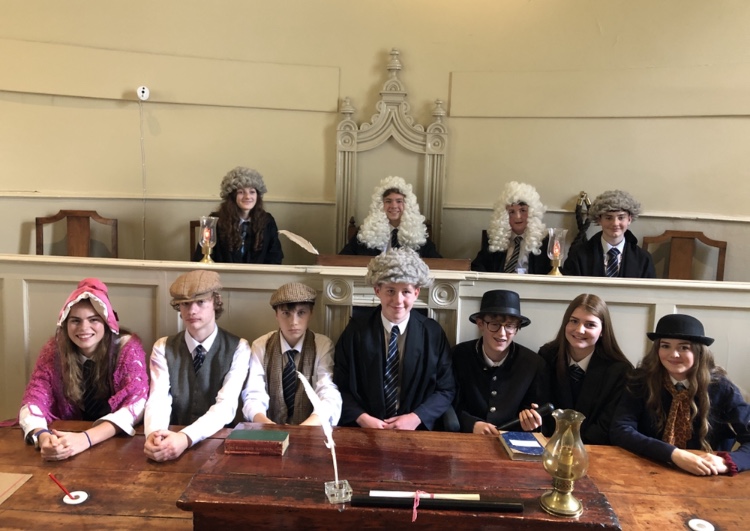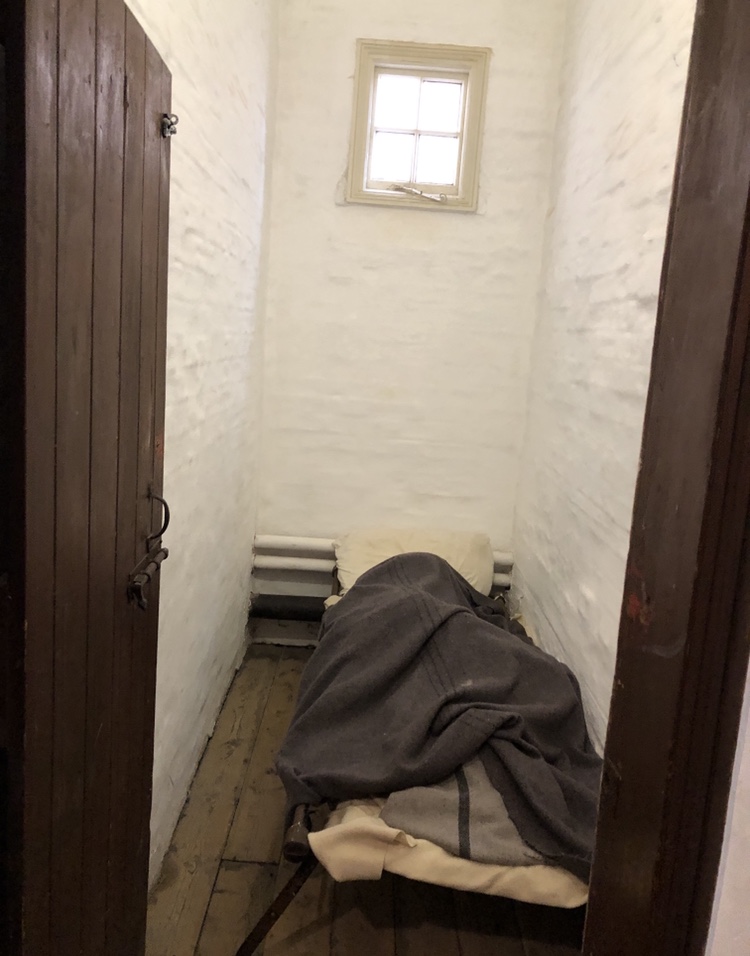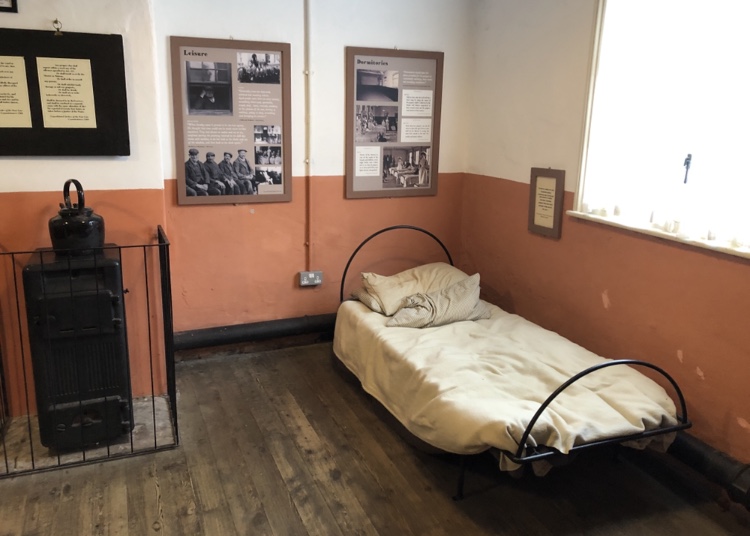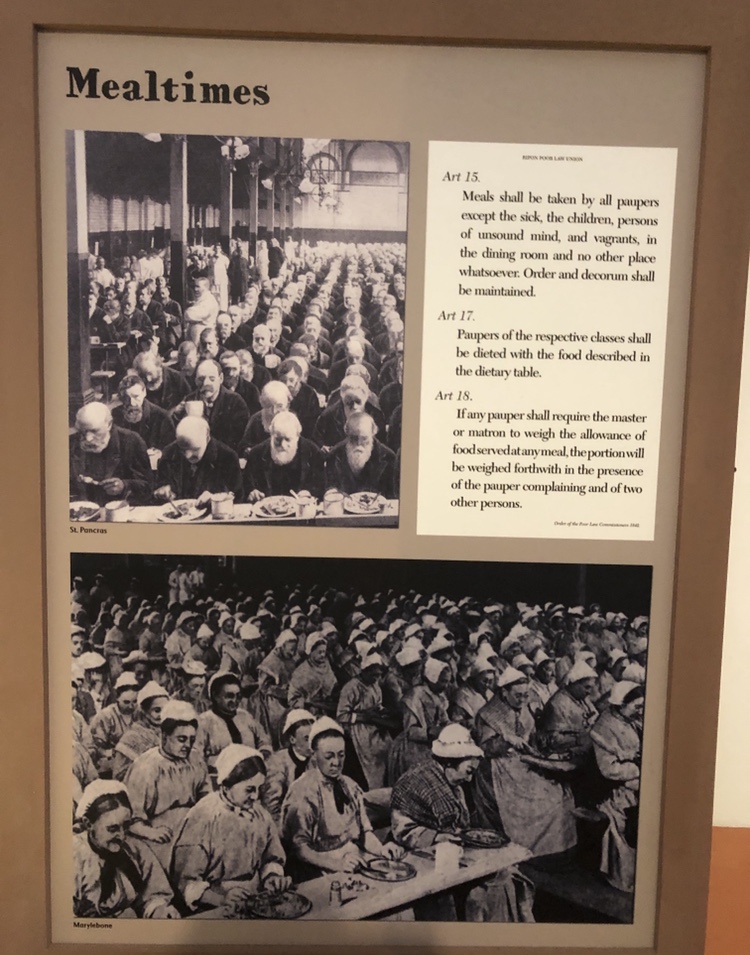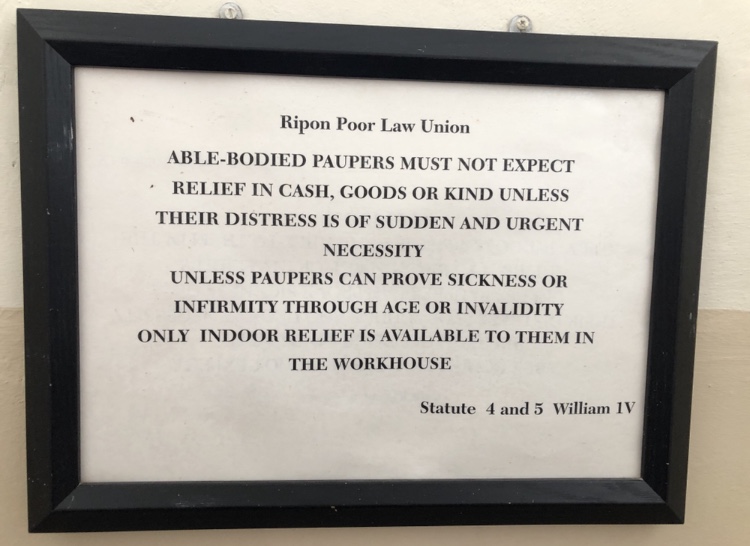ENGLISH: Students go back in time to Victorian England
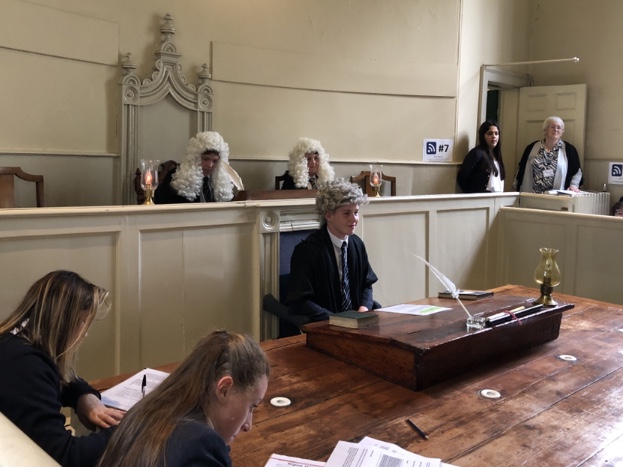
Students found out more about life in Victorian times during an action-packed day at Ripon's three museums to help enrich their understanding of Dickens's A Christmas Carol and other 19th century texts. POPPY BAILEY-GOUGH, ISOBEL BEAN and JESS CLARK report.
MORE than 120 students enjoyed fascinating tours of Ripon's Workhouse, Prison & Police and Courthouse museums, taking part in interactive workshops and mock trials.
English teacher Helen Mars explains: "The fourth form are thinking about the language and literature of protest this term, including modern poetry by John Agard and canonical texts like William Blake's London. Before they embark on our core text - Dickens's A Christmas Carol - we spent the day learning about nineteenth century life with a specific focus on law and order.
"Thought-provoking interactive sessions included a trial based on real historical accounts, a chance to experience workhouse life and chores, and an exploration in costume of the true story of Pateley Bridge villains Elish and John Sinckler.
"Having the three museums in walking distance of RGS presents a wonderful opportunity to integrate local history with the GCSE language and literature courses, and it was wonderful to hear pupils making connections with their own lives, villages and experiences."
The Workhouse Museum
At the Workhouse Museum, we learnt that getting into the workhouse was not as easy as it first seemed. There was a long process, and the people had to be accepted by the guardians. For example, the elderly were often not wanted, because they couldn't work, and so were given a small bit of money to live off. (Jess Clark)
The Prison & Police Museum
In the Police & Prison Museum we learnt about crime and punishment. We were told about the first police officer, and how punishment changed throughout the ages. There was lots of information about transportation of criminals to Australia and this could happen, for example, if you stole some bread. Children were held responsible for their crimes, and could be put in the stocks in Ripon Marketplace, alongside adults. Many people threw their waste at the convicts. This was an enjoyable and informative trip. (Isobel Bean)
The Courthouse Museum
Inside the Courthouse, it was made clear to us that there was a very defined split between genders; mostly, this meant men had the highest authority in these situations and very few women had a say in court. We also learnt that one could have been tried and tested at the age of seven, and still given varying forms of punishment. Ripon Court did not receive large cases but the judge had full dictation and power. There were many different roles in court, such as the usher or defendant, which we acted out as if in court. Personally, this was the most informative and engaging part of the trip because everyone could get involved. (Poppy Bailey-Gough)
